6T- Introduction to Protective Device Coordination Analysis
Practical Power Cable Ampacity Analysis
In Practical Power Cable Ampacity Analysis, you'll learn...
- -Basic theory and factors that stand behind underground cable ampacity calculations
- -How underground cable installation methods affect cable current carrying capacity
- -Numerical methods that are used underground cable sizing including voltage drop and short circuit current calculations
- -How to calculate underground cable current carrying ampacity following real world examples
Overview
Cable ampacity studies calculate the current-carrying capacity (ampacity) of power cables in underground or above ground installations. This ampacity is determined by the maximum allowable conductor temperature. In turn, this temperature is dependent on the losses in the cable, both I2R and dielectric, and thermal coupling between heat-producing components and ambient temperature. The ampacity calculations are extremely complex. This is due to many considerations, some examples of which are heat transfer through the cable insulation and sheath, and, in the case of underground installations, heat transfer to duct or soil as well as from duct bank to soil. Other considerations include the effects of losses caused by proximity and skin effects. In addition, depending on the installation, the cable-shielding system may introduce additional losses. The analysis involves the application of thermal equivalents of Ohm’s and Kirchoff’s laws to a thermal circuit.
Practical Power Cable Ampacity Analysis
In Practical Power Cable Ampacity Analysis, you'll learn...
- -Basic theory and factors that stand behind underground cable ampacity calculations
- -How underground cable installation methods affect cable current carrying capacity
- -Numerical methods that are used underground cable sizing including voltage drop and short circuit current calculations
- -How to calculate underground cable current carrying ampacity following real world examples
Overview
Cable ampacity studies calculate the current-carrying capacity (ampacity) of power cables in underground or above ground installations. This ampacity is determined by the maximum allowable conductor temperature. In turn, this temperature is dependent on the losses in the cable, both I2R and dielectric, and thermal coupling between heat-producing components and ambient temperature. The ampacity calculations are extremely complex. This is due to many considerations, some examples of which are heat transfer through the cable insulation and sheath, and, in the case of underground installations, heat transfer to duct or soil as well as from duct bank to soil. Other considerations include the effects of losses caused by proximity and skin effects. In addition, depending on the installation, the cable-shielding system may introduce additional losses. The analysis involves the application of thermal equivalents of Ohm’s and Kirchoff’s laws to a thermal circuit.
To receive PDH credit for this course, the student must pass a multiple-choice quiz consisting of 40 questions.
| Learning Objectives | This course teaches the following specific knowledge and skills:
|
|---|---|
| Contact Hours | 6 Horas |
| CIAPR courses | CURSO TECHNICO |
| Instructor | Velimir |
| Devices | Desktop, Tablet, Mobile |
| Language | English |
Custom Tab Content
At vero eos et accusamus et iusto odio dignissimos ducimus qui blanditiis praesentium voluptatum deleniti atque corrupti quos dolores et quas molestias excepturi sint occaecati cupiditate non provident,
- Similique sunt in culpa qui officia deserunt mollitia animi.
- Nam libero tempore cum soluta nobis est.
- Itaque earum rerum hic tenetur a sapiente delectus ut aut reiciendis.
Custom Tab Content
Sed ut perspiciatis unde omnis iste natus error sit voluptatem accusantium doloremque laudantium, totam rem aperiam, eaque ipsa quae ab illo inventore veritatis et quasi architecto beatae vitae dicta sunt explicabo.
Nemo enim ipsam voluptatem quia voluptas sit aspernatur aut odit aut fugit, sed quia consequuntur magni dolores eos qui ratione voluptatem sequi nesciunt.





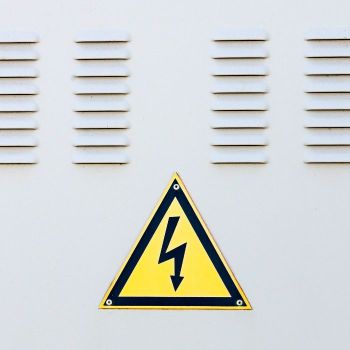
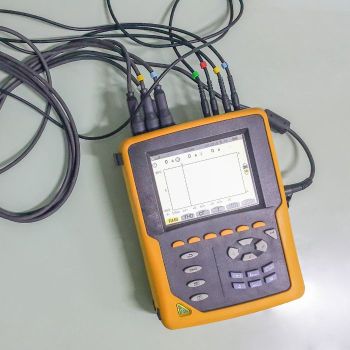

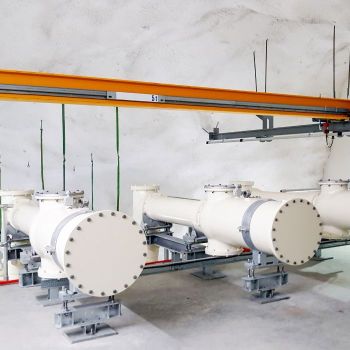
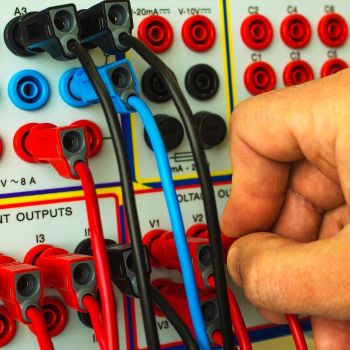

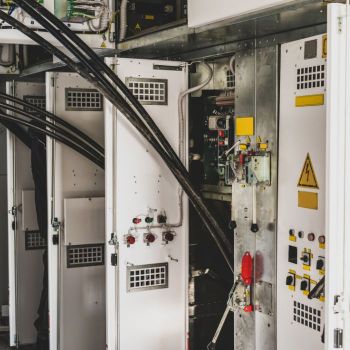
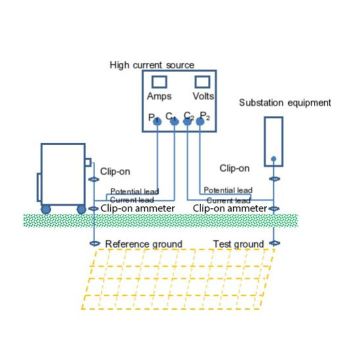
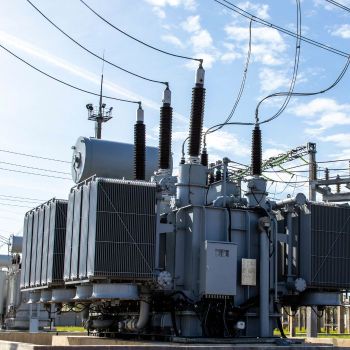
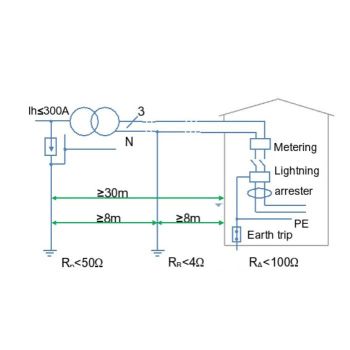
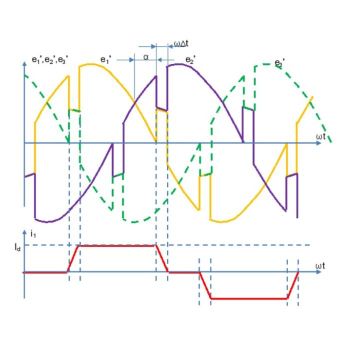
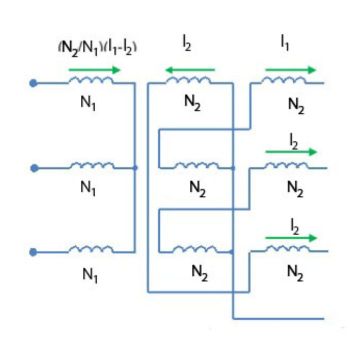
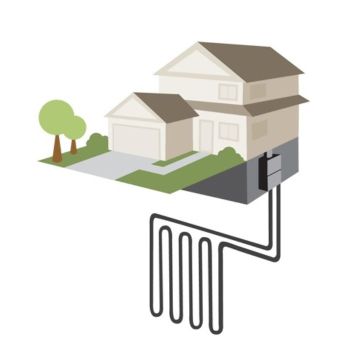
Validate your login
Sign In
Create New Account